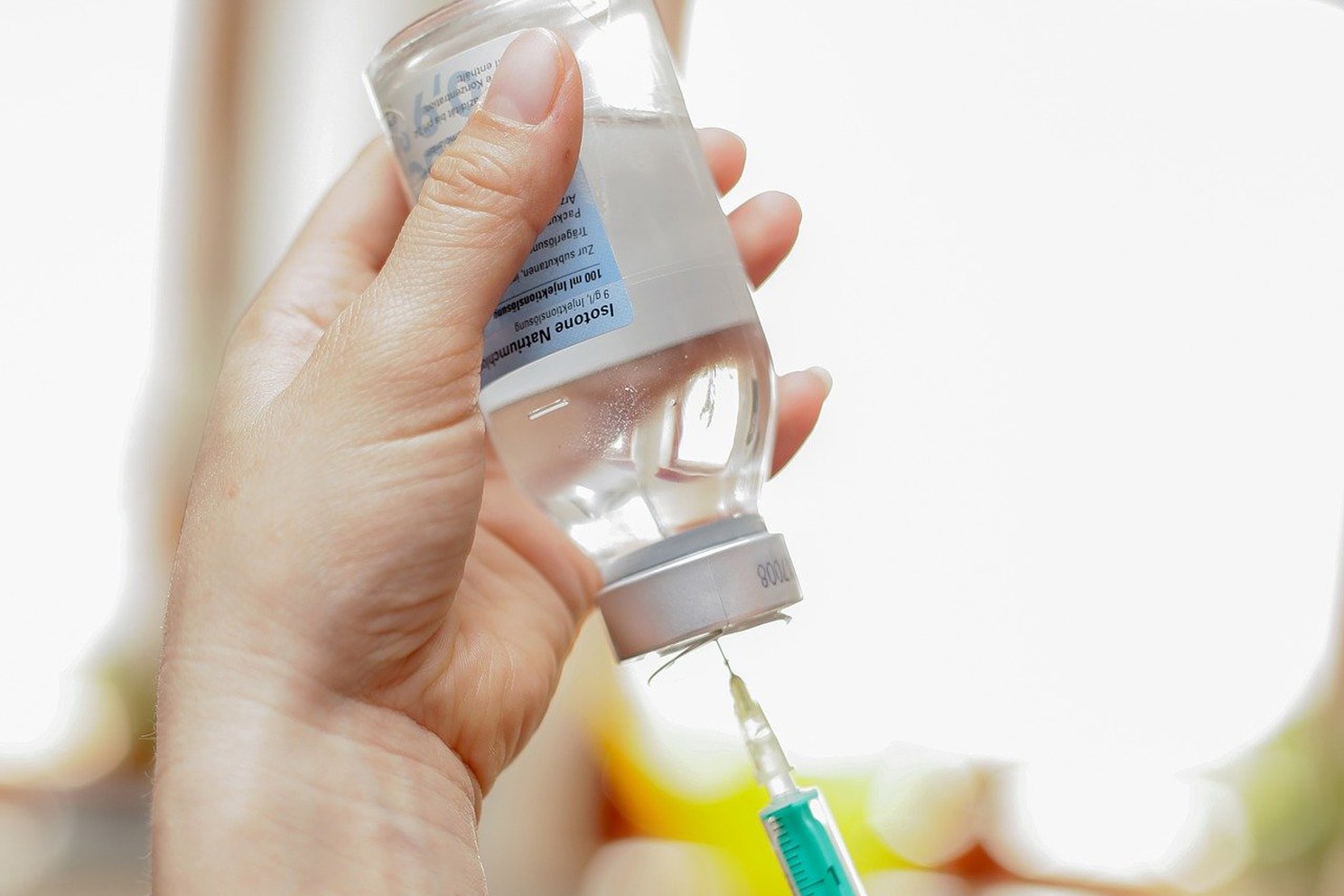Rates of vaccination for the human papillomavirus (HPV) are on the rise among children in the U.S., but still fall short of national goals, according to a new study from Harvard T.H. Chan School of Public Health.
The study was published online Sept. 14, 2020 in the journal Pediatrics. Harvard Chan School co-authors included research fellow Szu-Ta Chen and Sonia Hernández-Díaz, professor of epidemiology.
The HPV vaccine is recommended for all children starting at age 11 to prevent HPV infection, which is responsible for almost all cases of cervical cancer and can also lead to cancers of the genitals or throat.
The study looked at health insurance records for more than 7.8 million U.S. children from 2003 to 2017. The researchers found that, by 2017, more than half of 15-year-olds had received at least one dose of the HPV vaccine (two are required) — a significant gain from 2011, when 38 percent of girls and only 5 percent of boys had been vaccinated. But the national goal is for 80 percent of young people to receive the vaccine.
Researchers also found that vaccination uptake varies by state.






